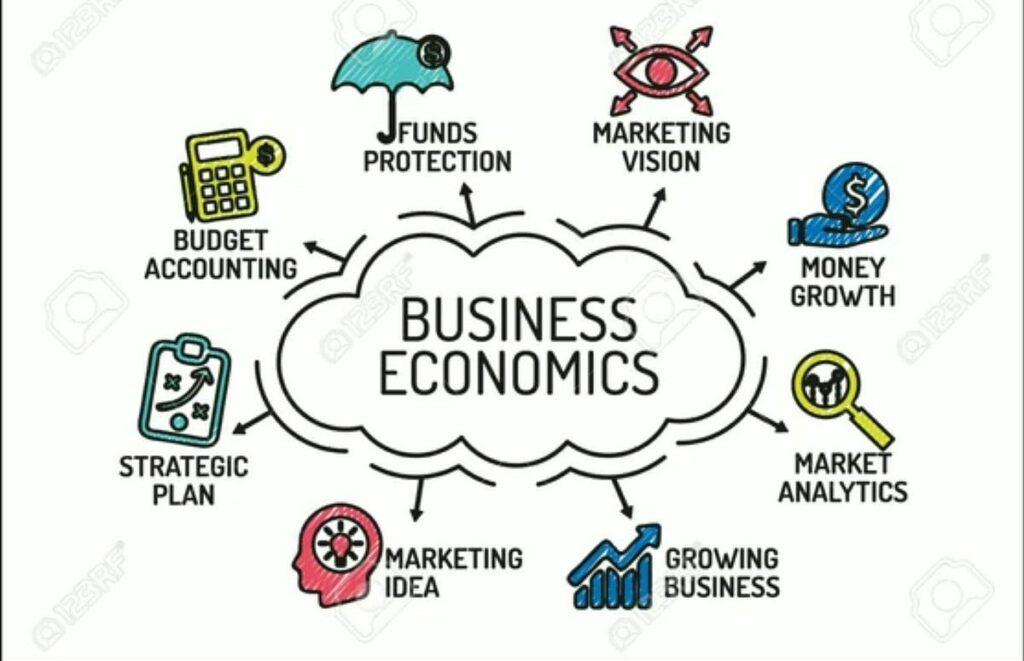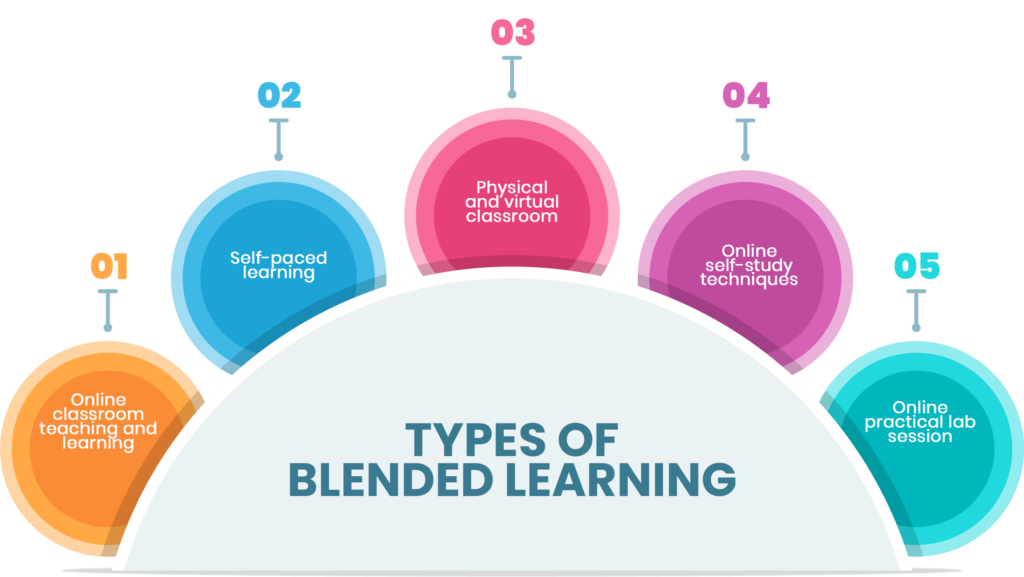About me
Hi everyone, my name is Chad Kang and I am in my Fourth year studying economics at the UVic. I am an international student from South Korea and this is my 8th year in Canada now. I know not many people like doing calculation and drawing graphs, but I like doing it and it is really interesting to study economics. Through learning at the UVic, I have met many people who have same interests as me. UVic also gave me opportunities to learn marketing and market analytics which I wanted to learn and study about.

What is Distributed Education?
Distributed education is an innovative learning model that spreads educational resources, instruction, and support across various locations, often leveraging technology. Unlike the conventional classroom setting where all students gather in one place, distributed education allows learners to access lessons from different locations, participate in group projects through video calls, or even learn at their own pace and time. This approach offers a level of flexibility that traditional education can’t match, making it possible for students to learn from anywhere and at a pace that suits them. It’s particularly beneficial for those who face challenges attending a traditional campus due to geographical constraints, work commitments, or personal circumstances.
- Location Flexibility: One of the standout features of distributed education is that it breaks down geographical barriers. Students can engage with learning materials and interact with instructors from any location, opening up educational opportunities that might otherwise be out of reach.
- Asynchronous Learning: Many distributed education programs embrace asynchronous learning, allowing students to access lectures and complete assignments when it’s most convenient for them. This flexibility is a game-changer for those juggling multiple responsibilities or living in different time zones.
- Diverse Learning Resources: Distributed education often takes advantage of a wide array of multimedia tools. From engaging videos and informative podcasts to interactive assignments, this model caters to various learning styles and preferences, making education more accessible and enjoyable.
What is Open Education?
Open education is an inspiring movement that aims to make learning resources and practices accessible to everyone, regardless of their background or circumstances. At its core, open education encompasses a wide range of educational materials and opportunities that are available for free. This includes open textbooks, massive open online courses (MOOCs), and various other learning resources that can be accessed without any cost.
- Elimination of Financial Barriers: One of the most immediate impacts of open education is the removal of financial obstacles. Traditional education often imposes high costs associated with tuition, textbooks, and other materials. By providing free access to educational resources, open education allows students from low-income backgrounds to participate fully in their learning without the burden of debt or financial strain.
- Global Reach and Connectivity: Open education transcends geographical boundaries, allowing learners from different parts of the world to access the same high-quality materials. This global reach fosters cultural exchange and collaboration, enabling students to learn from diverse perspectives and experiences. Such exposure not only enriches individual learning but also promotes a sense of global citizenship.
Modes of Learning
- Face-to-Face Learning: Face-to-face learning, often referred to as traditional learning, occurs in a physical classroom setting where students and instructors interact directly. This mode fosters immediate feedback, social interaction, and a structured learning environment.
- Online Learning: Online learning takes place entirely over the internet, allowing students to access courses, materials, and instructors remotely. This mode has gained immense popularity due to its flexibility and convenience.
- Blended Learning: Blended learning combines elements of both face-to-face and online learning. This approach allows for in-person interactions while also incorporating online resources and activities. It aims to provide the best of both worlds.

Personally, I prefer blended learning. This mode allows me to enjoy the benefits of face-to-face interaction with instructors and peers while also providing the flexibility to access online resources. I find that being in a classroom setting fosters a sense of community and collaboration, which enhances my engagement. At the same time, the online component allows me to revisit lectures and materials at my own pace, ensuring that I fully grasp the concepts before moving on.
Digital Literacy
Digital literacy refers to the skills and knowledge required to use digital tools and technologies effectively. It encompasses a broad spectrum of competencies, ranging from basic computer skills—such as typing and using software—to more advanced abilities, including critically evaluating online information, creating digital content, and understanding digital privacy issues.
Digital literacy is an essential competency that equips individuals to thrive in today’s technology-driven society. It empowers learners to access information, think critically, communicate effectively, create content, and engage with digital tools responsibly. As we continue to rely on technology in education and the workplace, developing digital literacy skills will be vital for success in the modern world.
Digital Identity
Digital identity refers to the online persona that individuals create through their interactions, contributions, and presence on the internet. It encompasses everything from social media profiles and personal websites to online interactions in educational platforms and professional networks. In today’s interconnected world, managing one’s digital identity is essential, as it can significantly impact both educational and professional opportunities.
- Privacy Settings: I pay close attention to the privacy settings on my social media accounts. By adjusting these settings, I can control who sees my posts and personal information. This is particularly important for maintaining a balance between my personal and professional lives.
- Educational Opportunities: My digital identity has opened doors for various educational opportunities. For example, engaging in online discussions and contributing to academic forums has connected me with like-minded individuals and mentors who have provided guidance and resources for my studies.
- Personal Branding: I recognize that my digital identity contributes to my personal brand. By consistently sharing content related to my field of study and interests, I can establish myself as a knowledgeable and passionate individual in my area. This branding helps me stand out in both academic and professional settings.